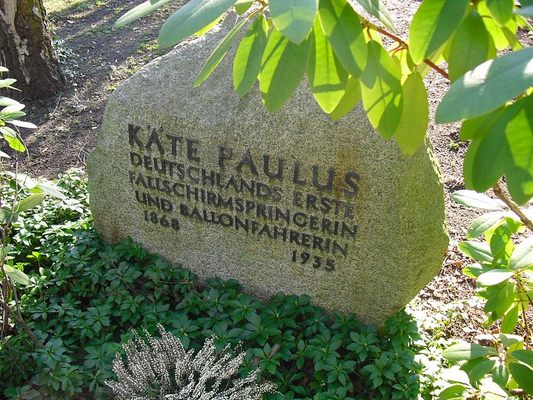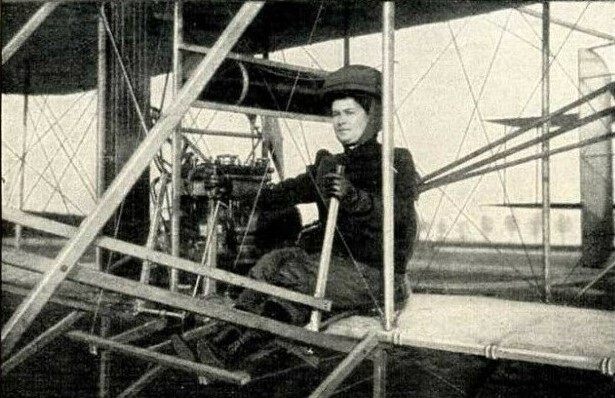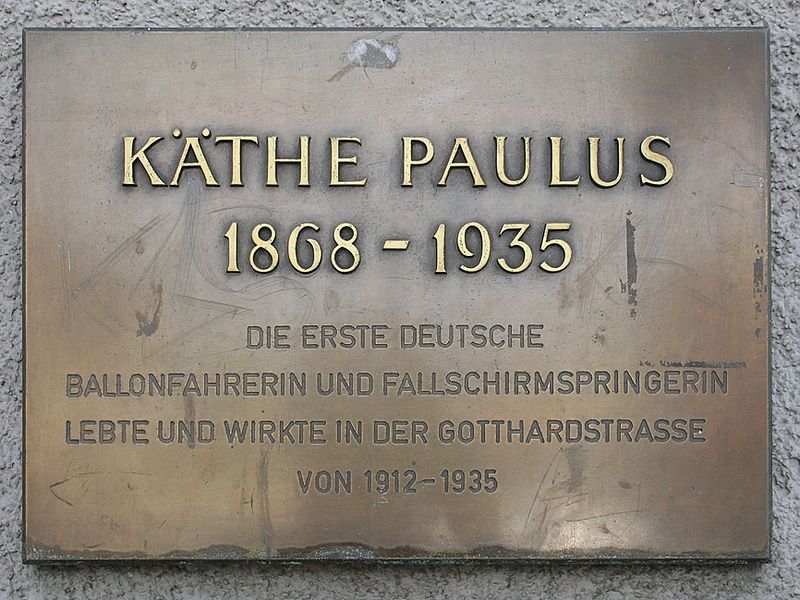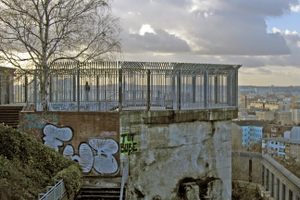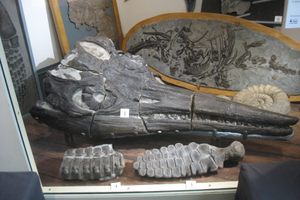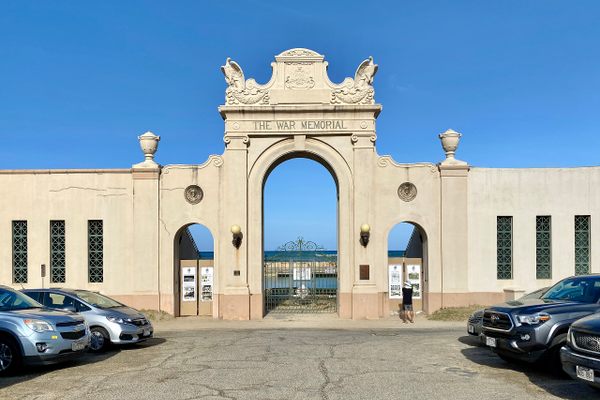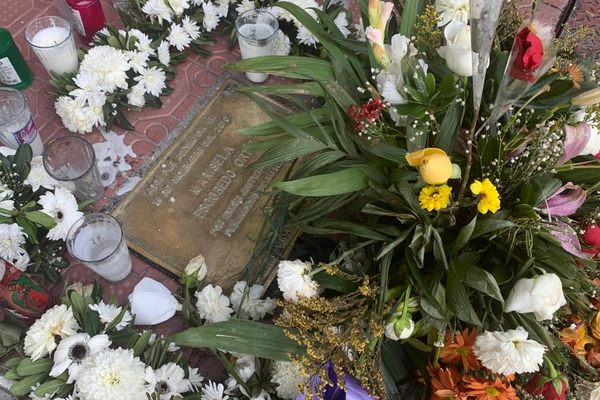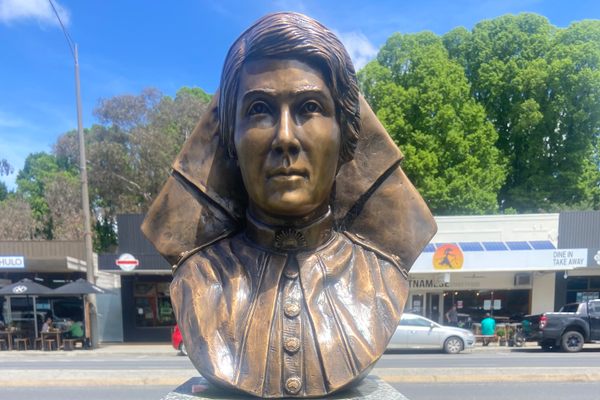About
When Katharina "Käthe" Paulus met the balloonist Hermann Latteman in 1889, her great love began, not only for this man, but also for airship travel, aerial acrobatics, and parachuting. This love led her to become the first woman in Germany and the third woman in the world to do a parachute jump in 1893, and ultimately to the development of the foldable parachute, which is still used today.
Käthe Paulus was born on December 22, 1868. Even as a child she liked to play acrobat, and once stretched clotheslines across the yard to learn how to walk a tightrope. After finishing school, Paulus spent several years working as a seamstress.
In 1889 Paulus met Hermann Lattemann, a balloonist and inventor. It was through Lattemann that Paulus found her love for aviation. The two were partners both professionally and romantically—when they first met, Paulus helped sew balloons and parachutes, but soon she joined on balloon flights. On July 19, 1893, Paulus landed a balloon on her own for the first time after Lattemann jumped off it with a parachute. Just four days later, in Elberfeld near Wuppertall, she jumped from a balloon with a parachute for the first time.
On June 17, 1894, the couple performed their aerial acrobatics in front of an audience in Krefeld. Paulus jumped off the balloon first and Lattemann followed, but his parachute failed to open. Paulus had to watch as her fiancé fell to his death, after which she suffered a nervous breakdown and fell into depression. When their four-year-old son Willy Hermann died of diphtheria in July 1895, her situation worsened. She stayed at home, shielded from the public, for almost a year. All the time she reproached whether at least her lover's death could not have been prevented by better equipment.
Touched and encouraged by countless letters from fans, Paulus returned to work. She developed her own daring aerial acrobatics show and went around the world with international acclaim. During that time, she ascended in a balloon 516 times and completed 147 parachute jumps. All the while Lattemann's untimely death was never far from her mind, and she worked on designing a better parachute. At that time, parachutes took up a lot of space and the lines were easily twisted by the wind.
Paulus developed an ingenious system in which the parachute was carefully folded and its carrying lines were fastened to the cloth. After a jump, the parachutist could use a mechanism to open the system, which would unfold more reliably. The pack parachute was born and saved countless lives from then on. At the beginning of World War I, Paulus gave up aerial acrobatics and registered a patent for her parachute in 1915. Since 1912 she had lived with her mother in a house at Gotthardtstrasse 105, where the memorial plaque is placed.
Paulus produced hundreds of parachutes in her small appartment in this house with the help of her mother. It was not until 1916 that the German government became interested in Käthe Paulus' pack parachute. The Prussian Ministry of War ordered 7,000 of the devices. Käthe hired seamstresses to help with the order, but cut each individual parachute herself. Furthermore, she was considered a German expert and advisor to the German balloon reconnaissance troops. In 1917, Paulus received the Verdienstkreuz für Kriegshilfe (Merit Cross for War Aid) for her work.
After a long illness with cancer, Käthe Paulus died on July 26, 1935 in Berlin. Only a few people attended her funeral at the nearby Dankesfriedhof, including the German aviators Hannah Reitsch and Elly Beinhorn.
Related Tags
Know Before You Go
You can visit the home of Käthe Paulus with the commemorative plaque at any time.
If you also want to visit the grave of Käthe Paulus, you only have to follow the road for about 250 meters. There is the cemetery of the Dankeskirche. Käthe Paulus' grave is in section D, row 2, grave no. 32. A site plan of the cemetery can be found here.
The grave in the Dankesfriedhof can be visited during the opening hours of the cemetery. These vary depending on the season. Roughly one can assume that the cemetery opens from 8 a.m. until just before dusk.
Published
April 6, 2022


